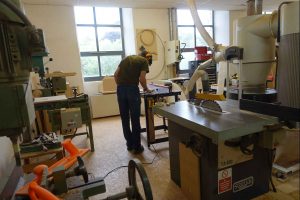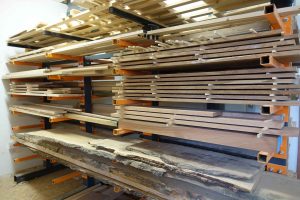DesignItMakeIt LoveIt
A guide to the design and making of this cabinet.
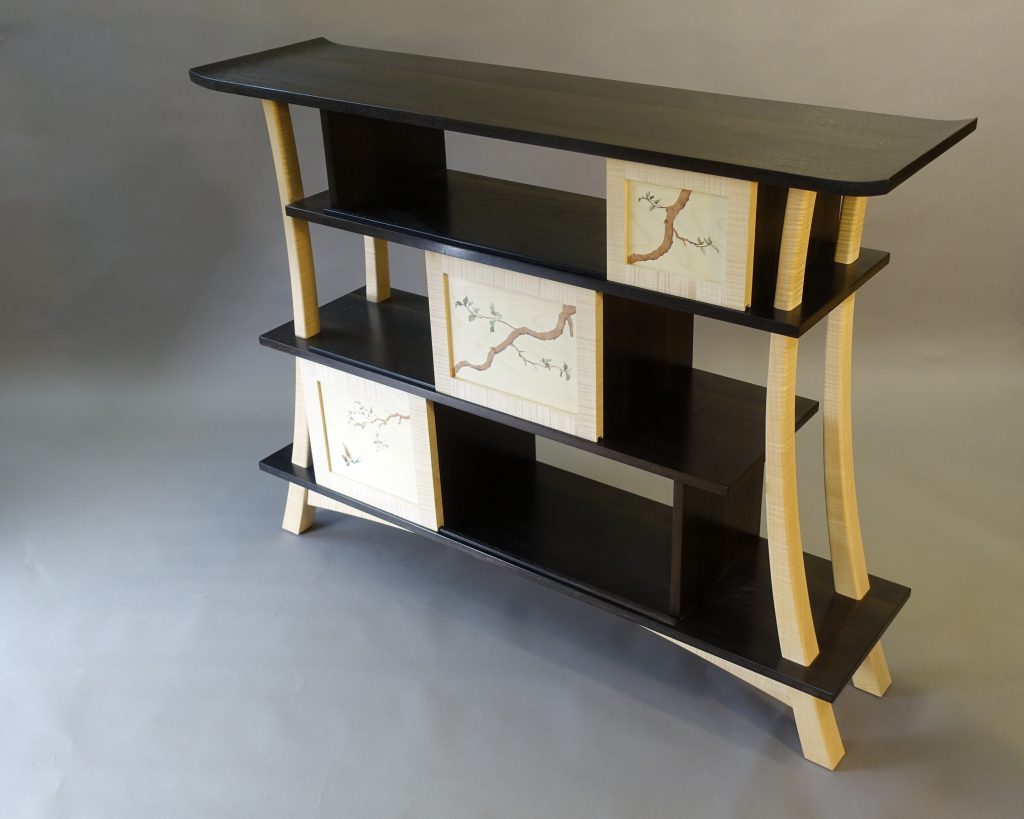
Part one; Introduction
The aim of this series of blog posts is to present an overview of the design and construction of the π Cabinet in such a way that anyone can understand it. Hopefully, it will also be of interest to other furniture makers, but I did not want to exclude anyone who has been excited by photos of my work and would like to know more. In order to achieve this, I have resolved not to use the name of a specific tool anywhere in this article.
You may see the words “plane” and “saw” used as verbs, but I will avoid using them as nouns and never prefixed by qualifiers such as “Shoulder”, “Rebate” or “Circular”. I will write other technical items in the future aimed at fellow woodworkers, wherever I have something new to say, but that is not the purpose here. I will mention specific high quality materials, but not tools.
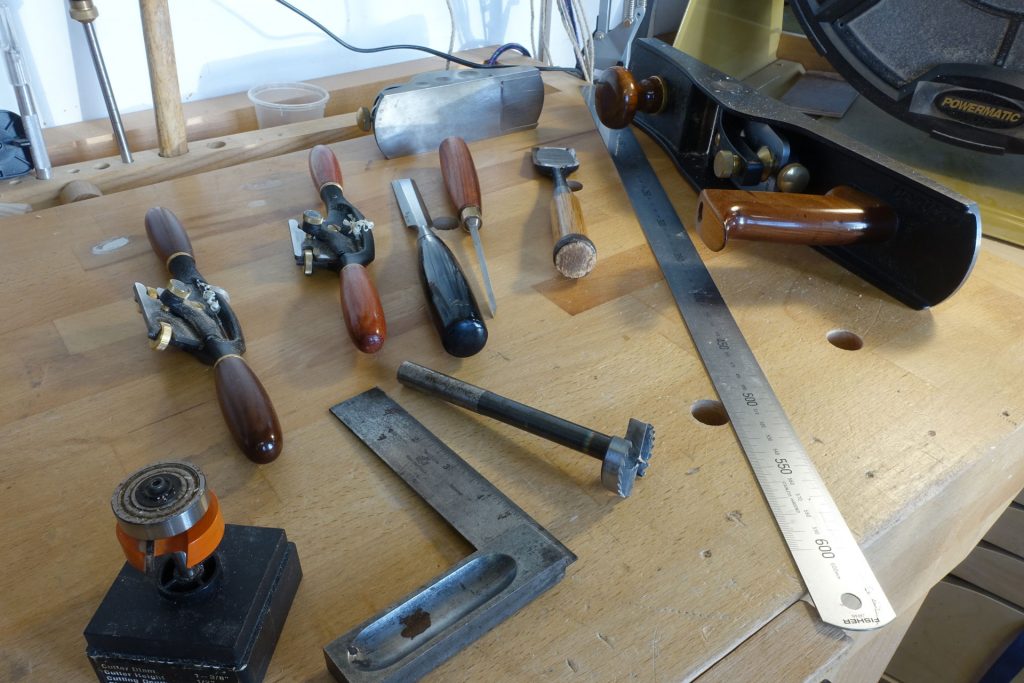
I will also shy away from anything that could also be said about a totally symmetrical, right-angled, homogeneous, more traditional design of display cabinet, especially one that you could buy on the high street (once upon a time). To do so would require at least a 2 volume book, and has been covered many times elsewhere.
I am focusing primarily on what makes my cabinet different from others, rather than what makes it the same. Some of it will focus on things that distinguish all of the best handmade bespoke furniture from the mass-produced options, although that is partly down to most of them having interesting differences of their own.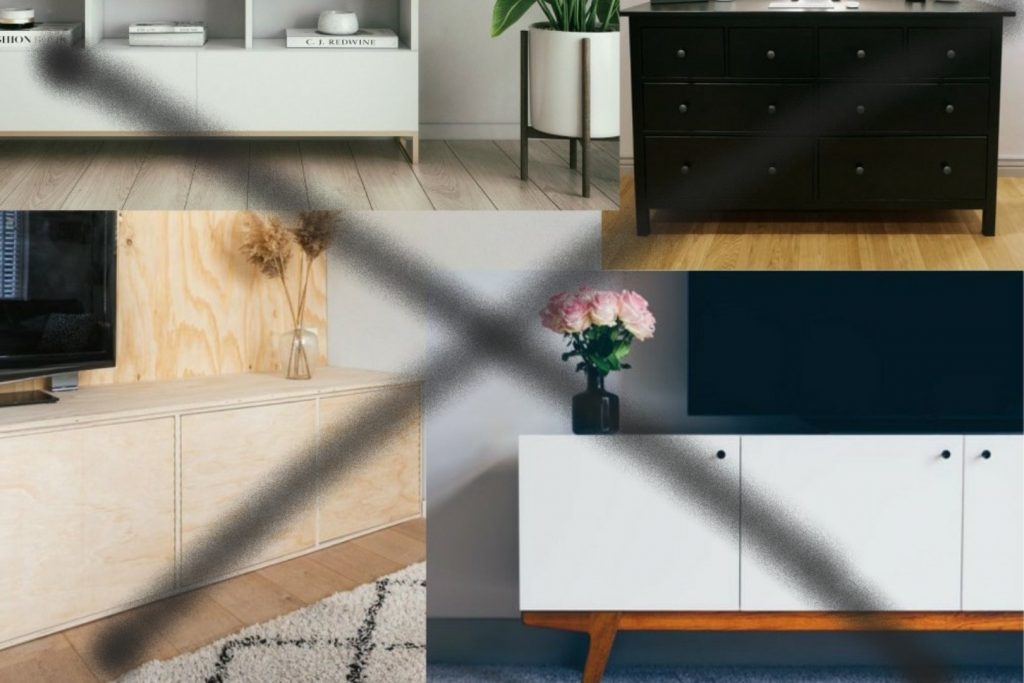
The Commission.
Back in the olden days, when you could visit exhibitions and the like, the highlight of the year for fans of top quality designer-made contemporary furniture was the Celebration of Craftsmanship and Design in Cheltenham (CCD). One regular visitor to this show was a collector of Japanese art and culture and in 2019 he was at CCD with a view to commissioning a cabinet in which to display some of his most prized possessions.
The main exhibit of mine at CCD that year was this adjustable shelving unit. My shelves were not quite what he was looking for, but he could see enough of what he liked within their design to offer me the chance of designing for him a “cabinet to display his collection of glasses and ceramics which should be contemporary and new while being clearly informed by the traditional Japanese Kazaridana cabinets”.

Aside; The thing about CCD, is that even if I don’t get a commission, it is still the best opportunity of the year to meet up with fellow furniture makers. OK, so that can make it the most expensive social occasion I will ever do – about the same price as a visit for two to a 3 star restaurant (I am told), but I was upset to hear that Covid had permanently terminated it and equally relieved to hear that it is being resurrected under the new management of Woodland Heritage.
https://www.celebrationofcraftsmanship.com/about
Future DesignItMakeItLoveIt posts relating to the π-cabinet will cover the following aspects;
Creating the Design; including initial sketches on paper and CAD versions.
Selection of materials
Making the cabinet, including;
-
-
- Why was the order of assembly more critical than usual?
- Why did I decide to use sliding doors and what is unique about them?
- Making the curved legs (or why it would have been so much easier to make them straight).
- Why have separate cupboard linings for the burr veneer?
- How did I do the ebonising (the black parts) and why is that more natural than using stain?
-
Any Questions?
Conclusions; What have I learnt from the whole process and what might I consider doing differently if I make another one?


